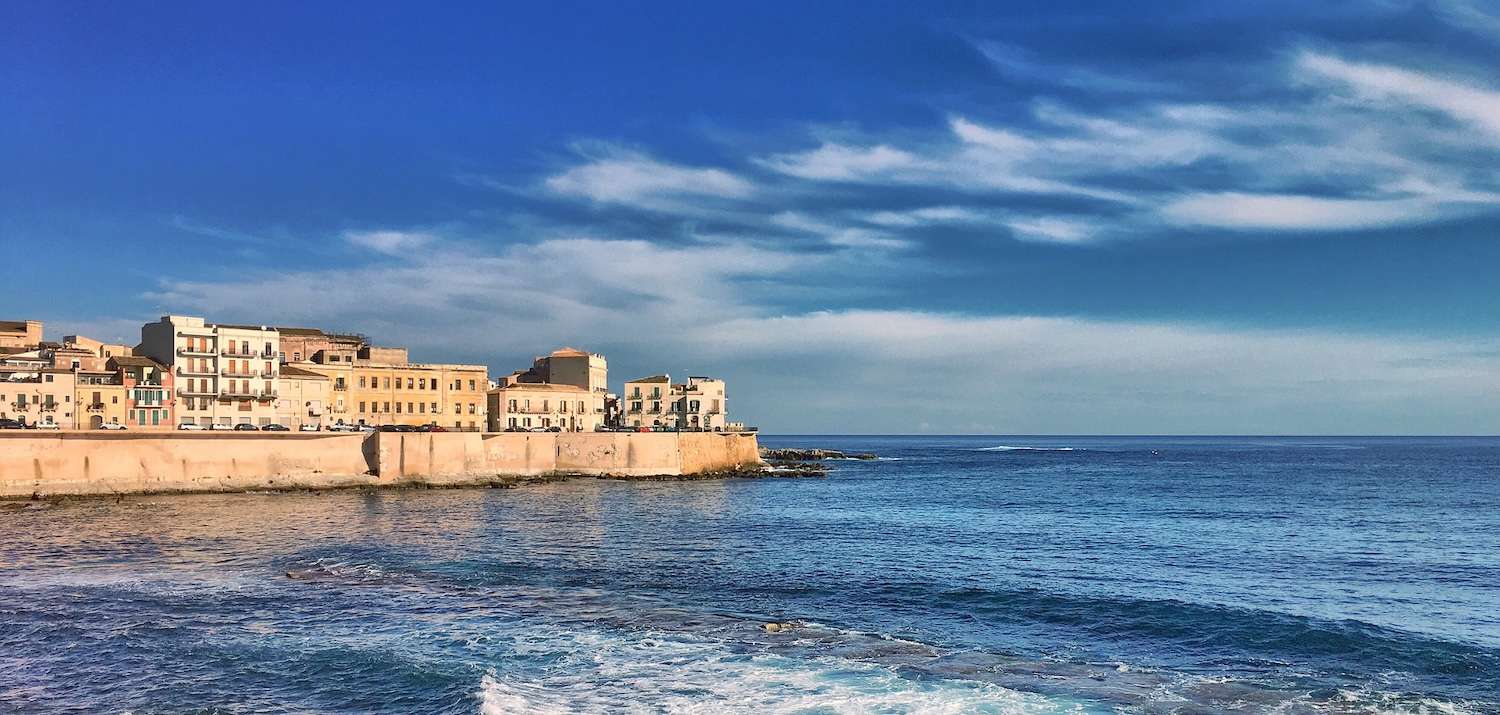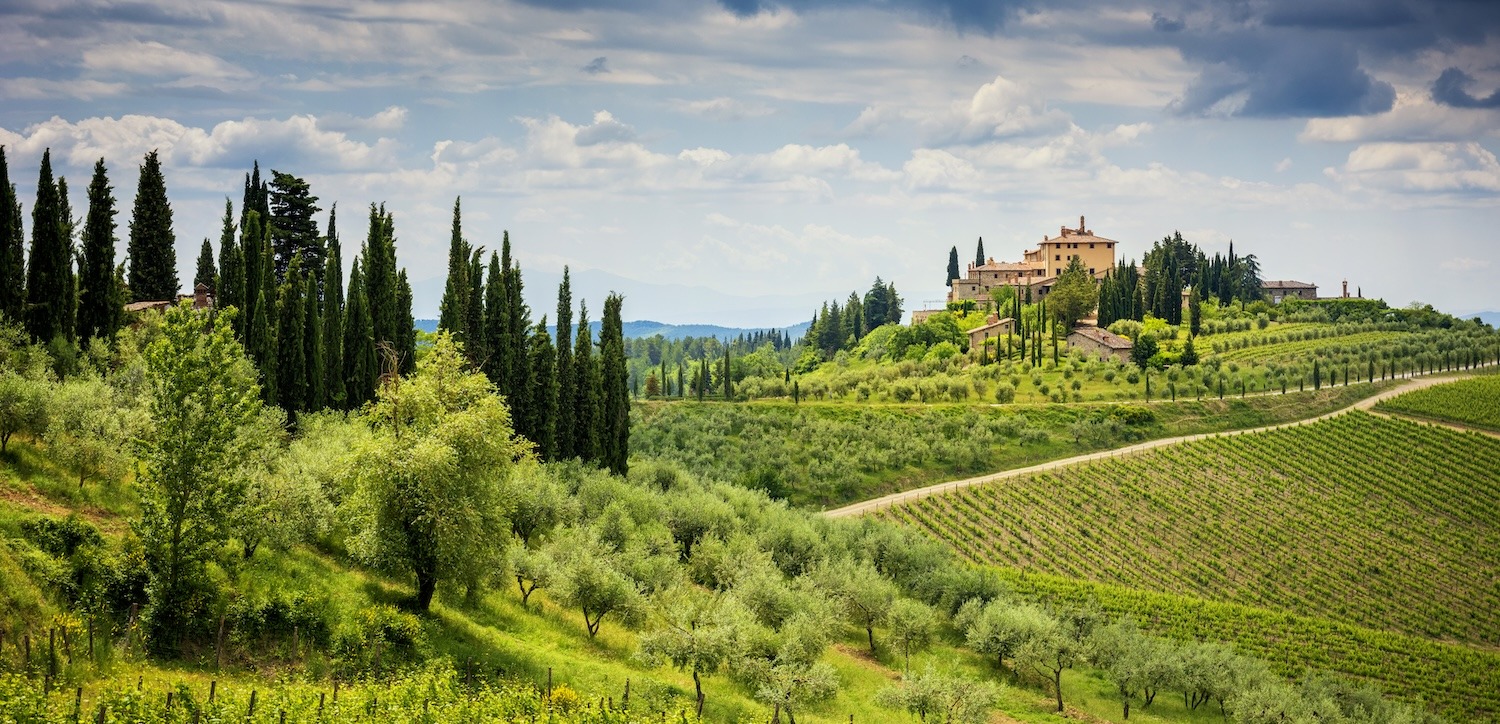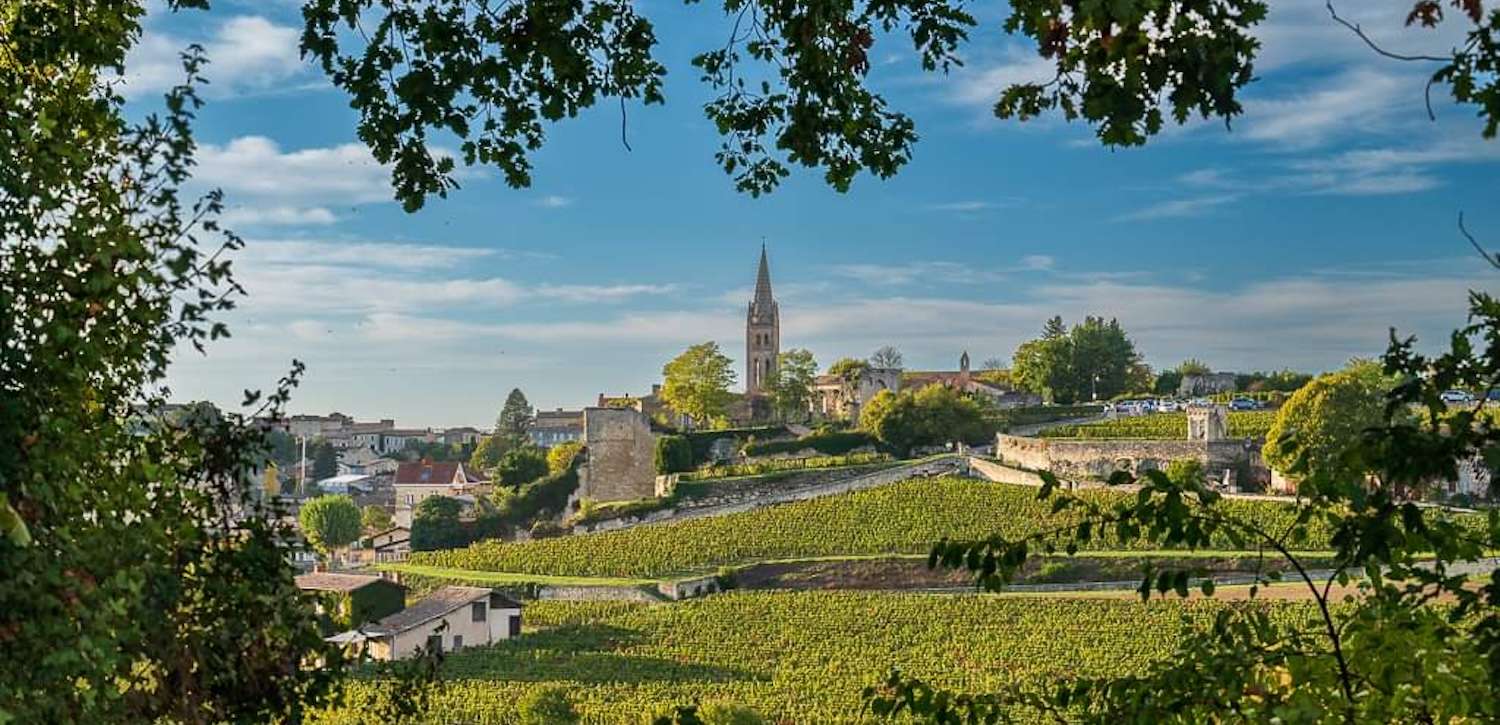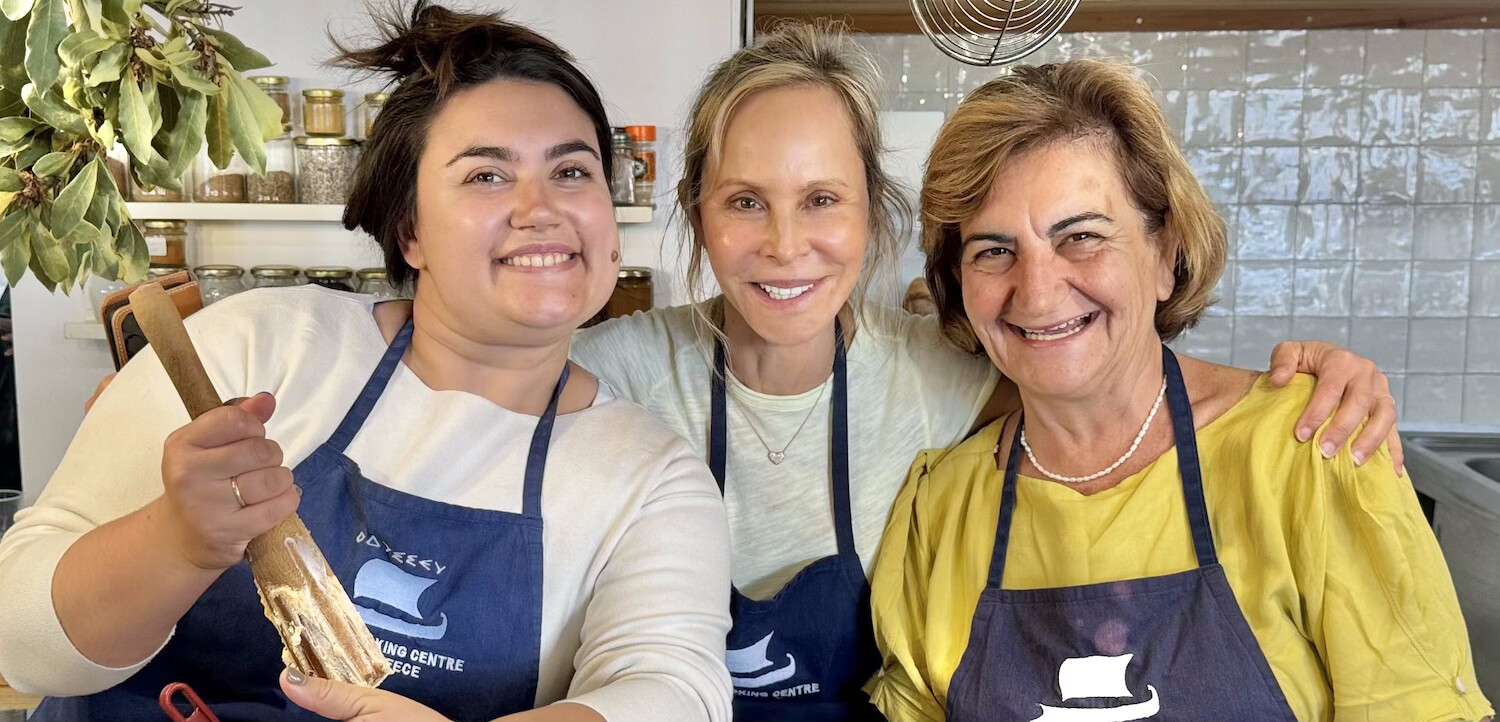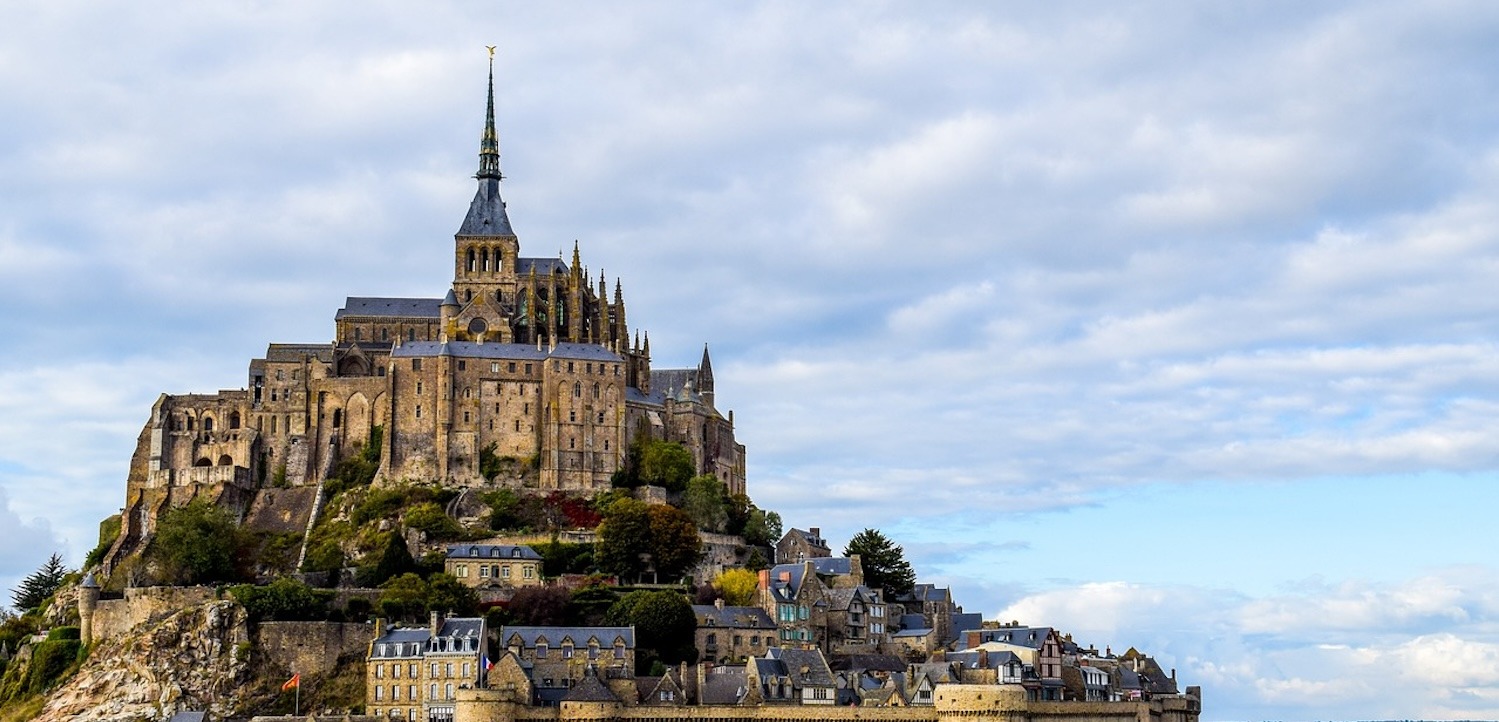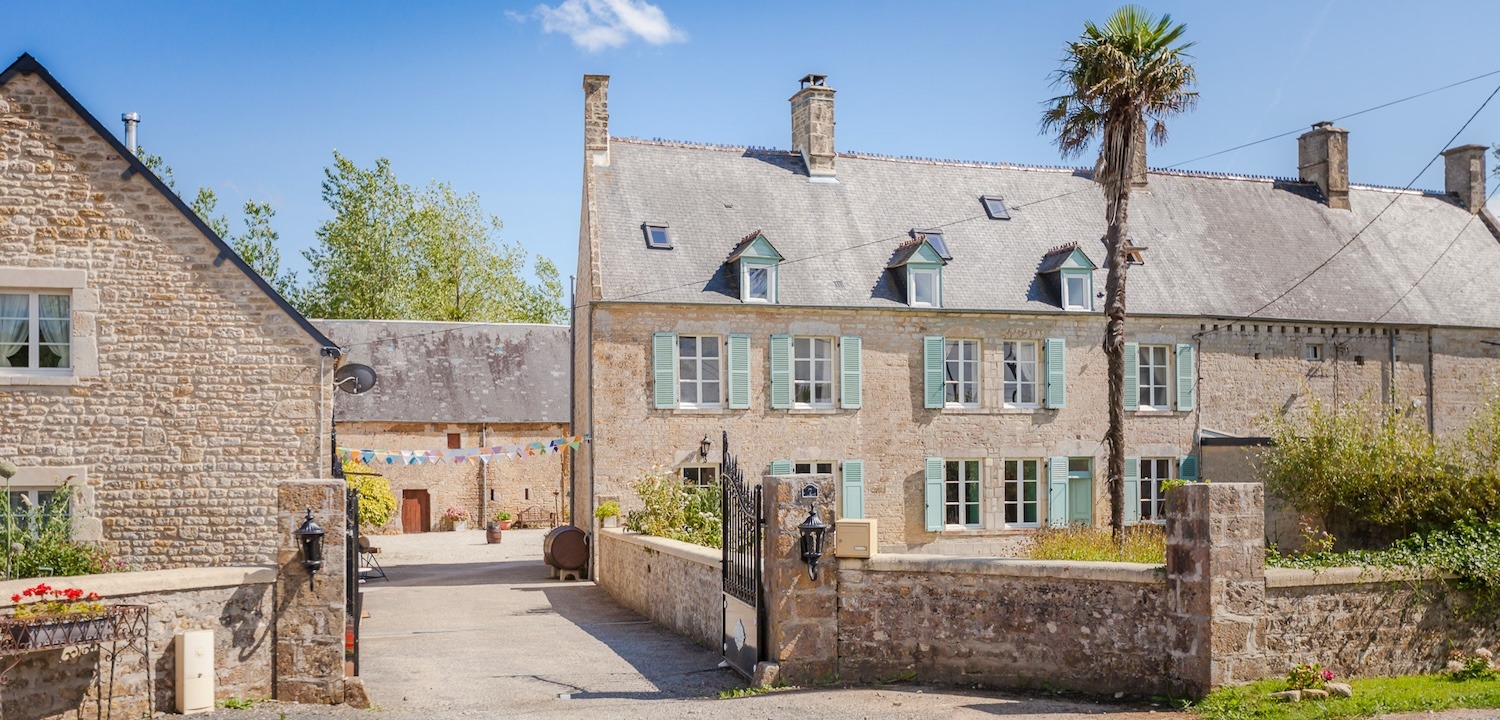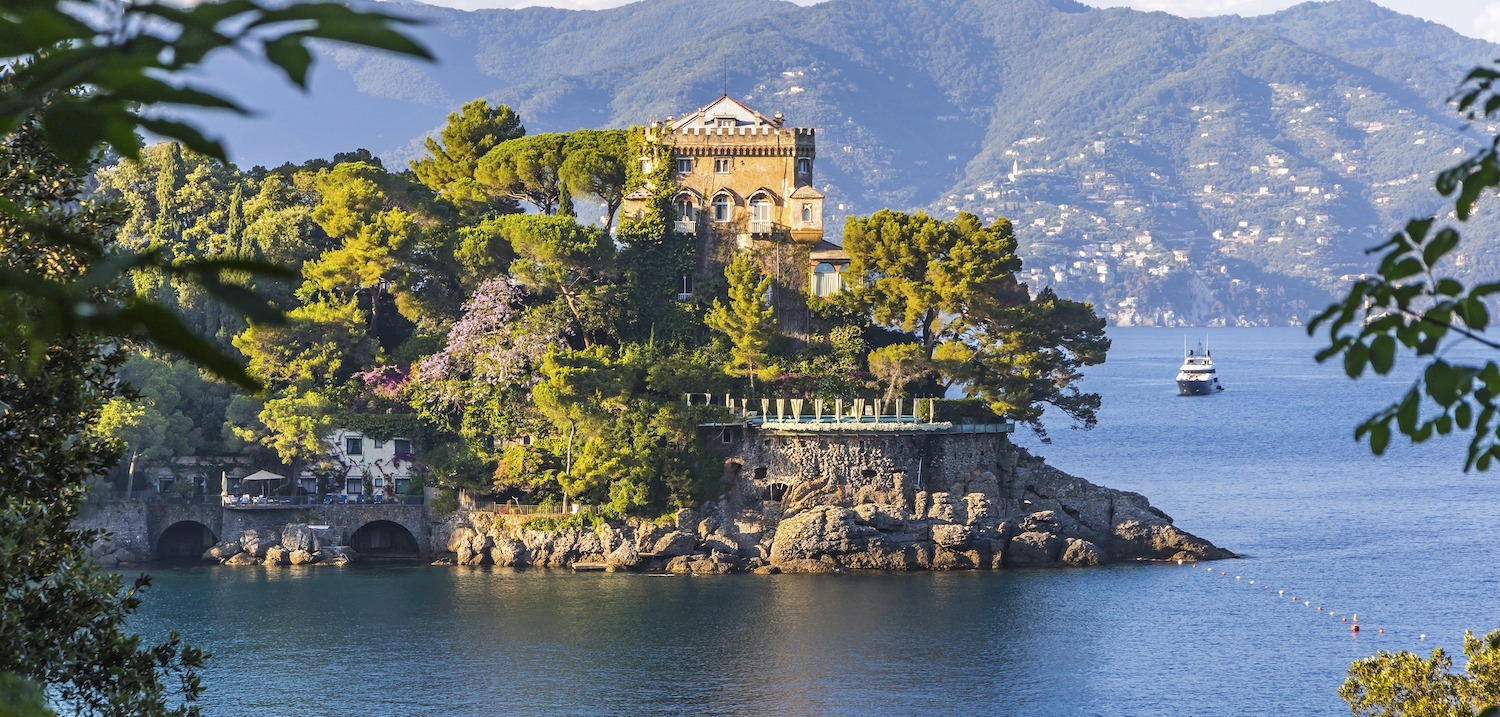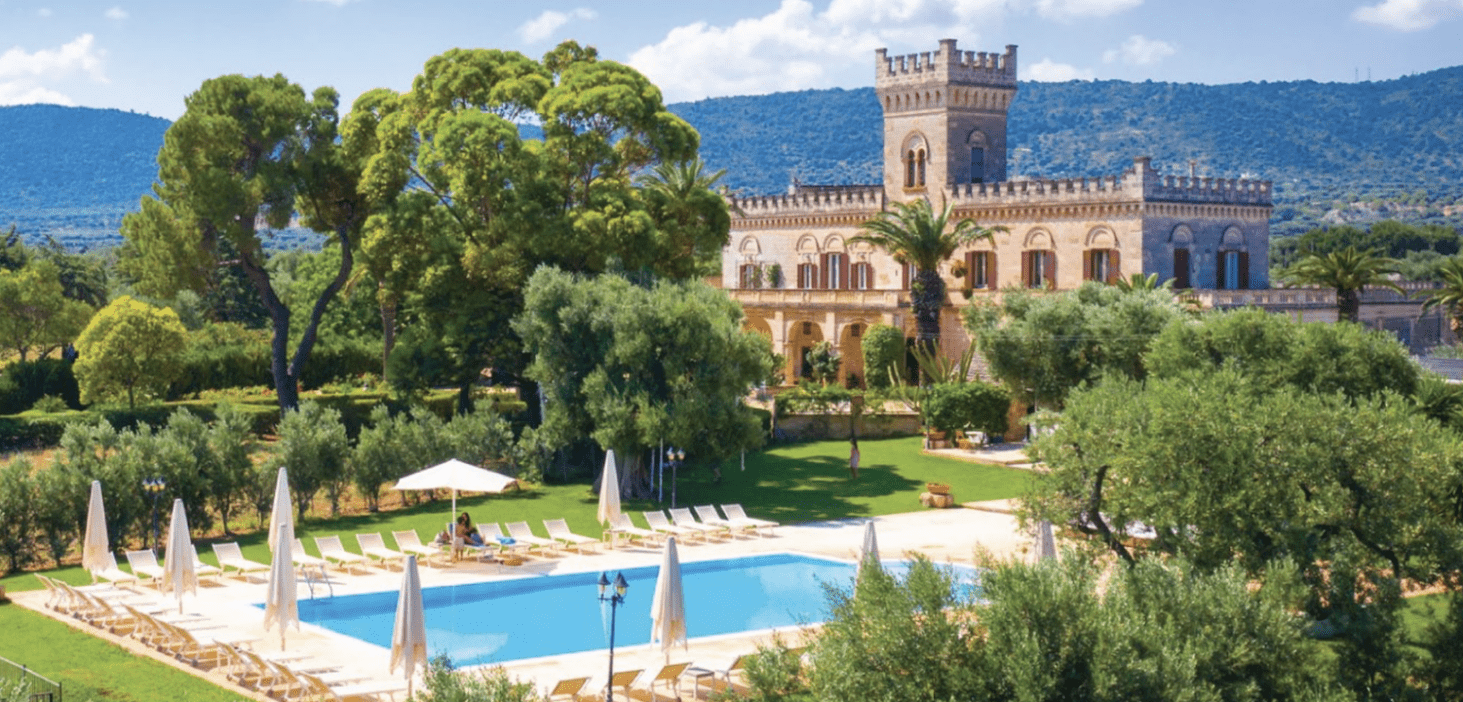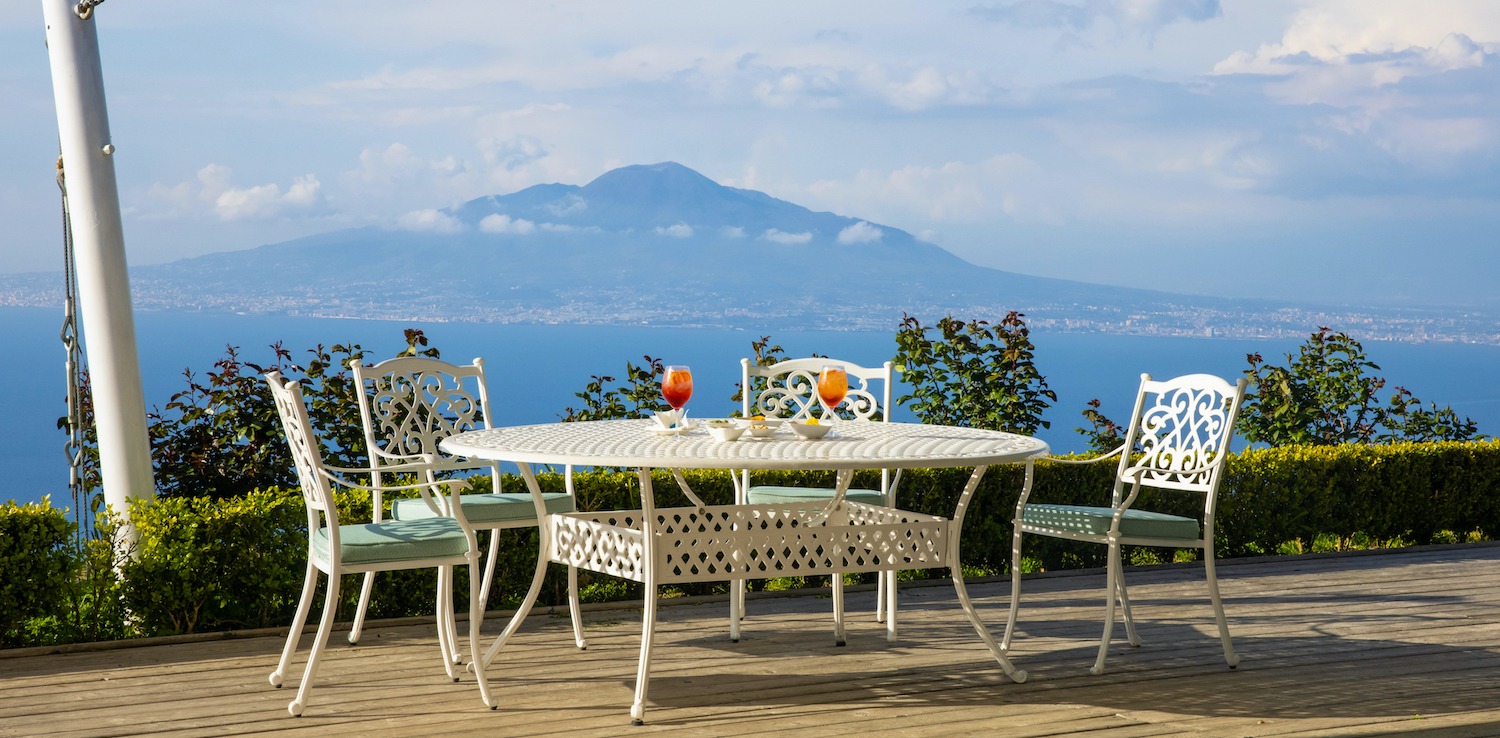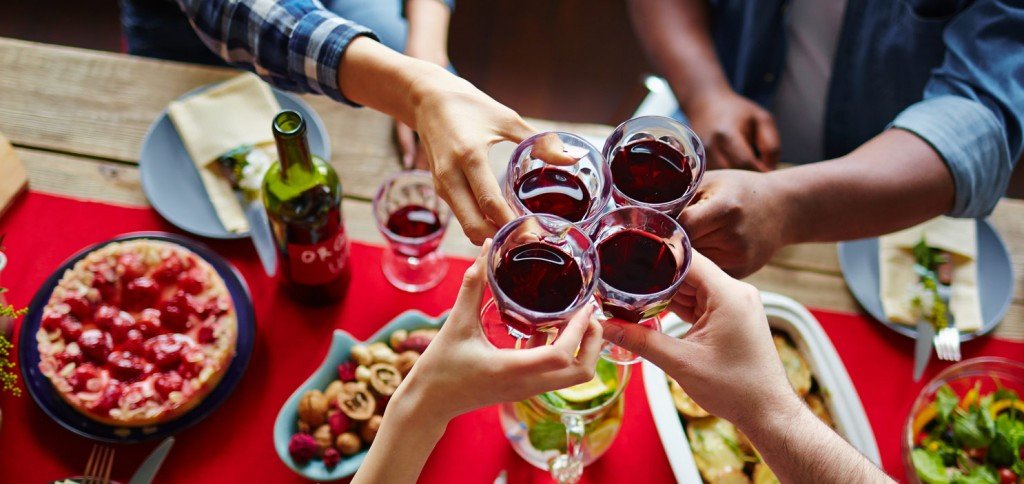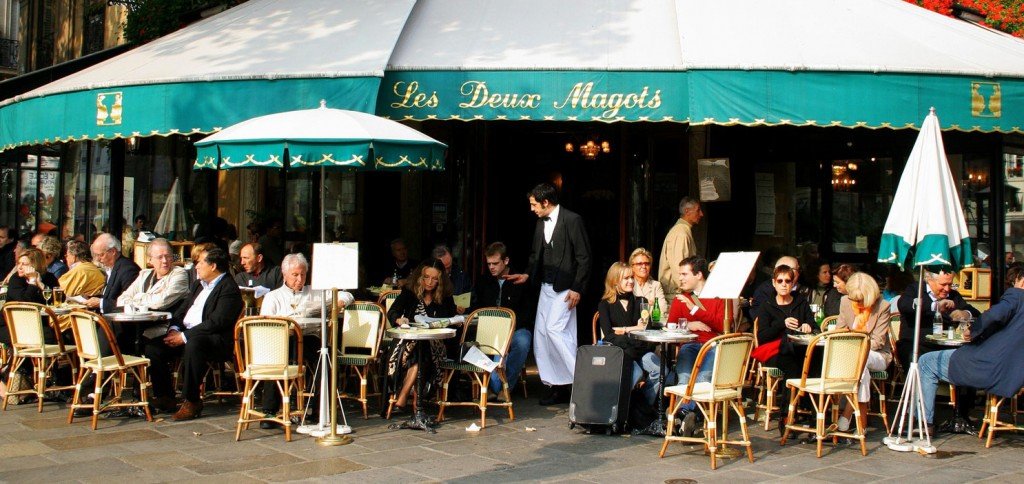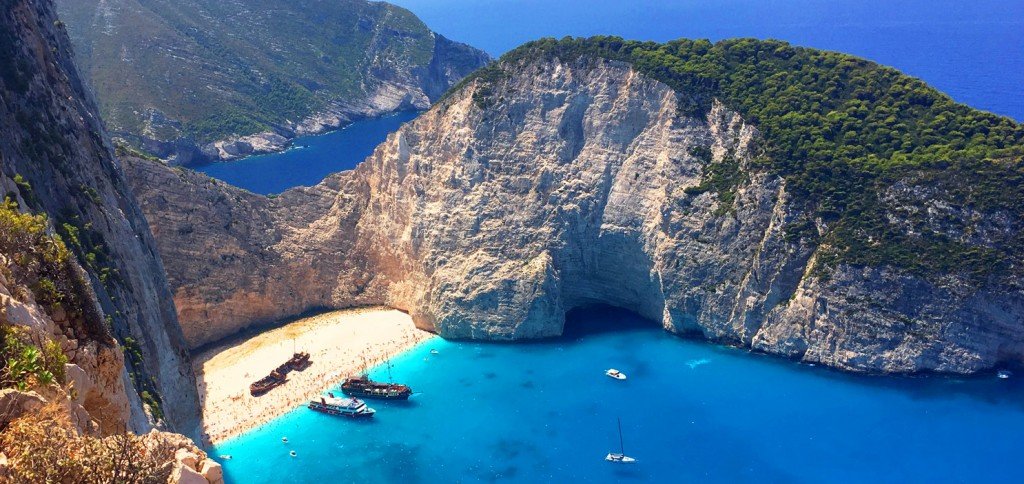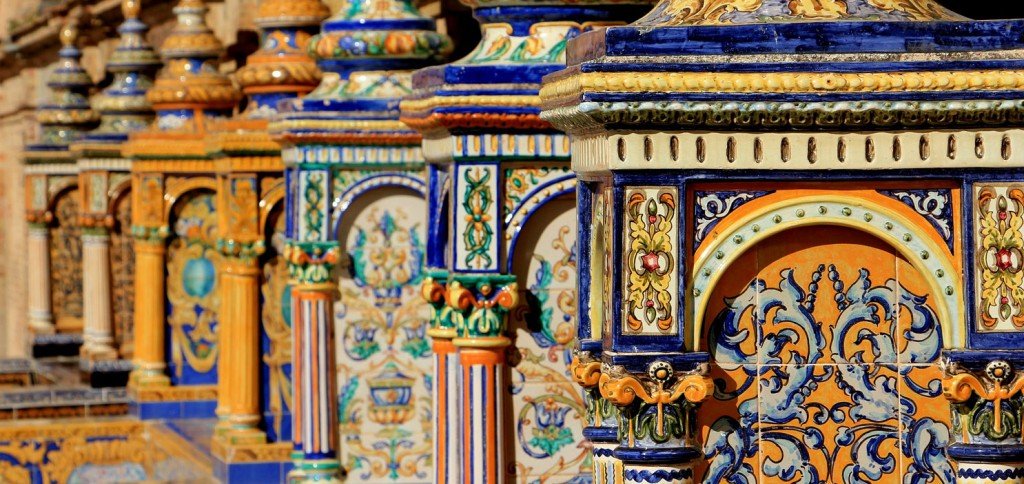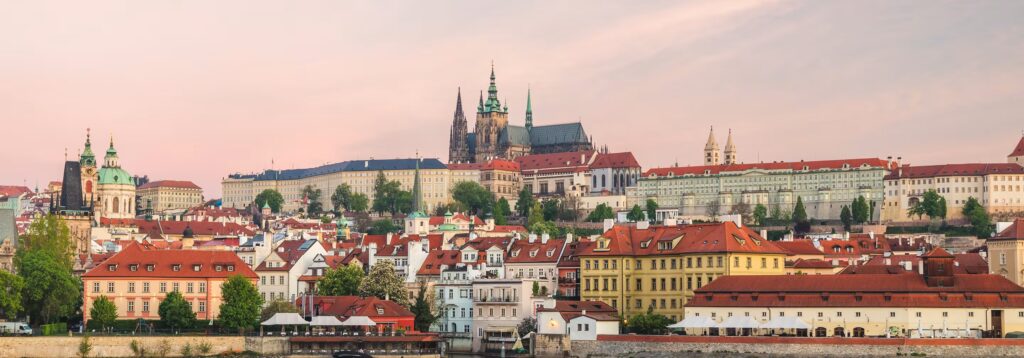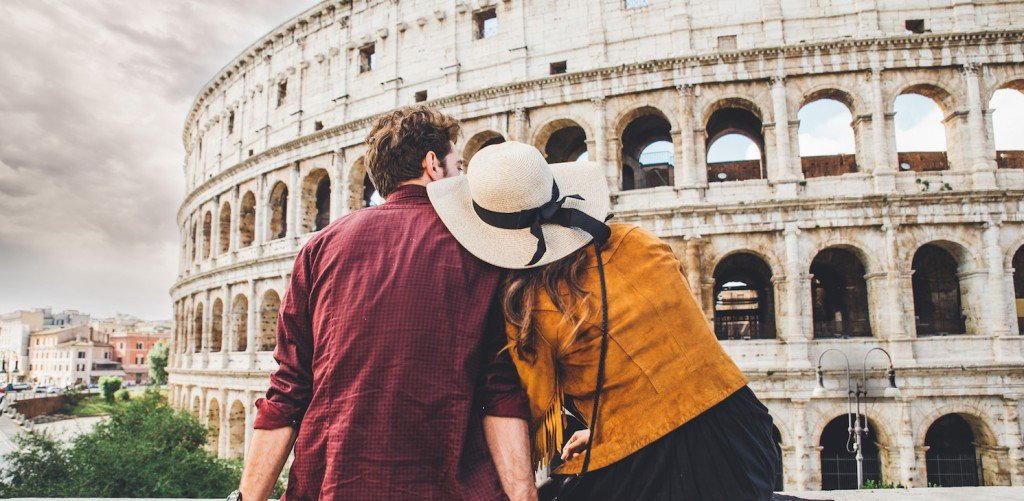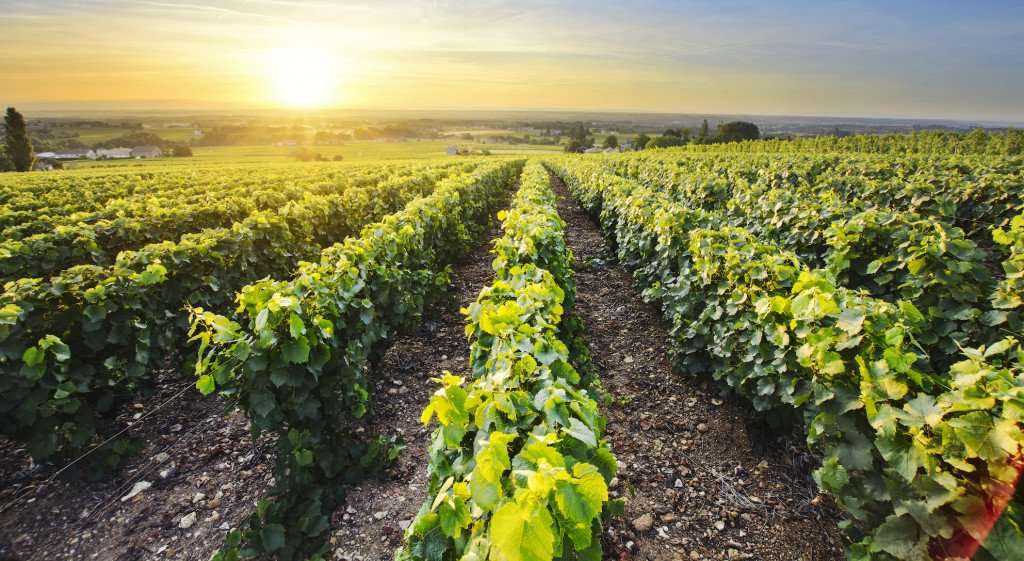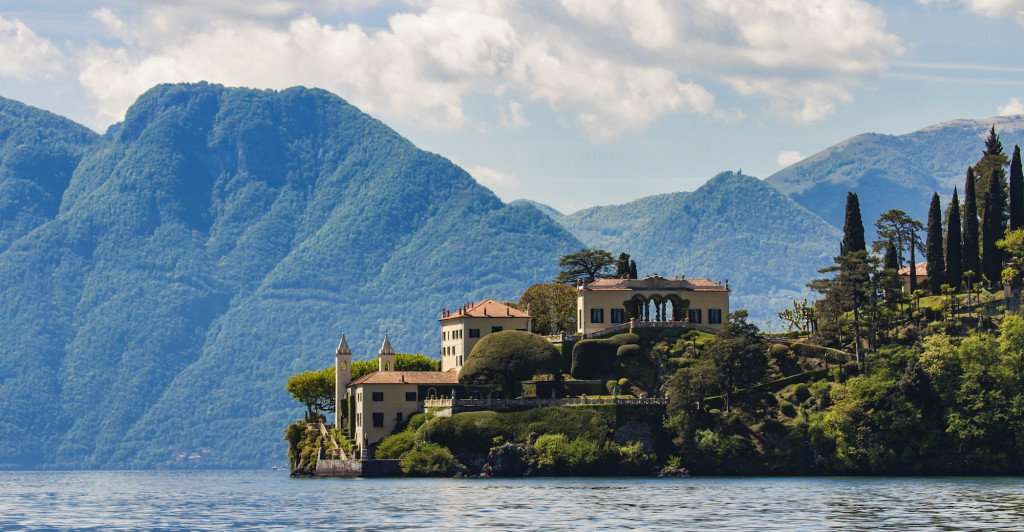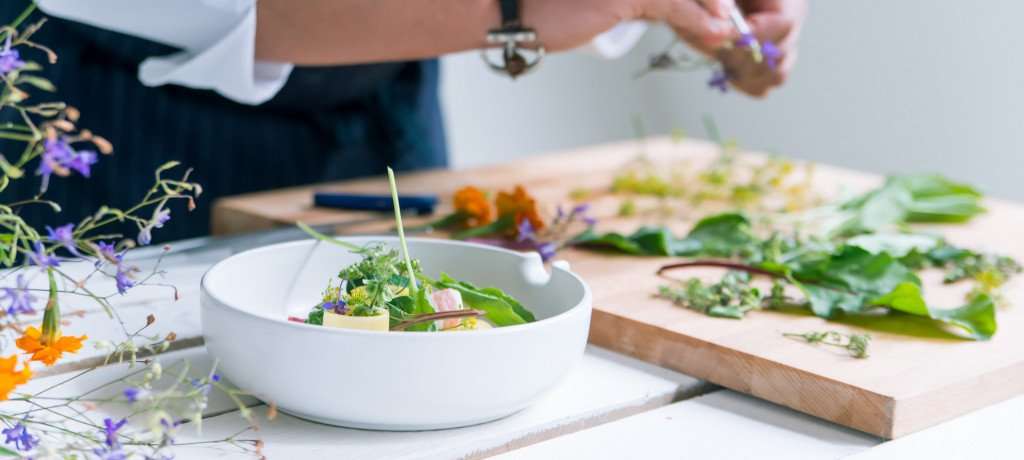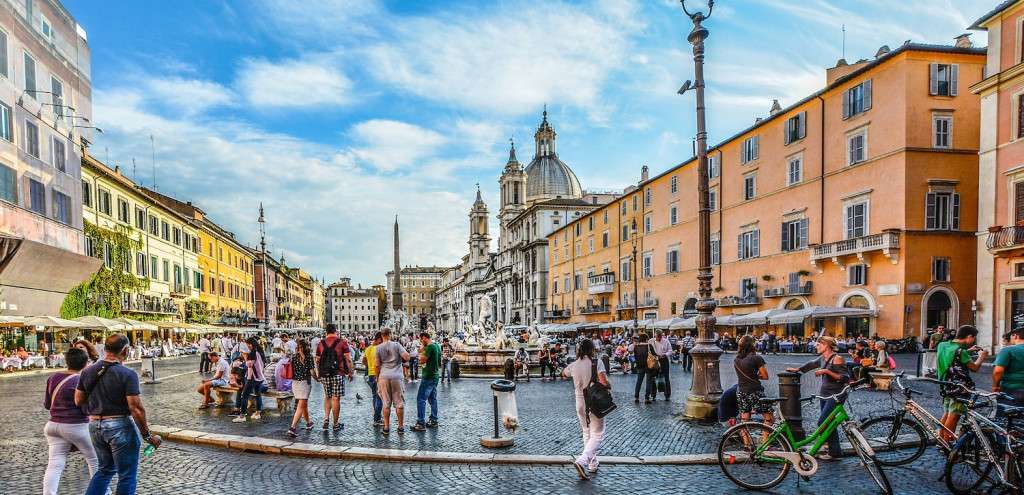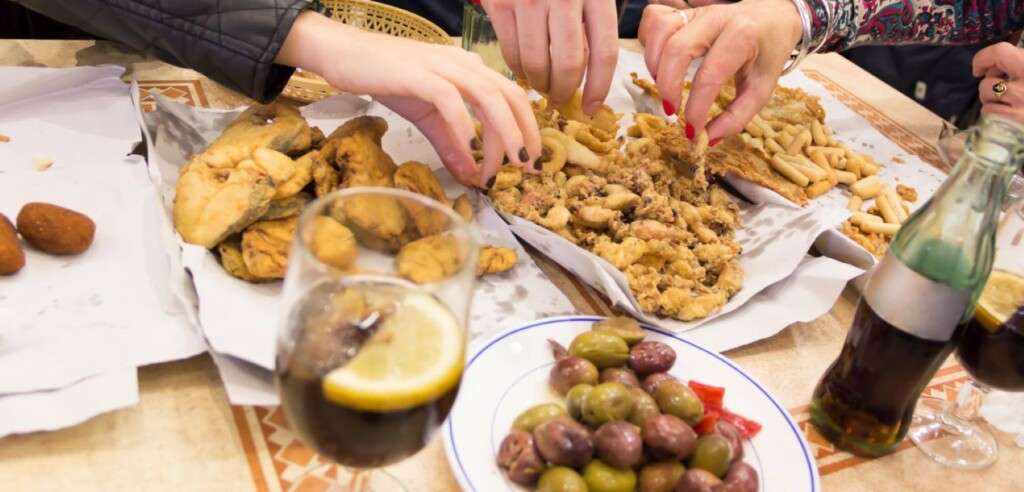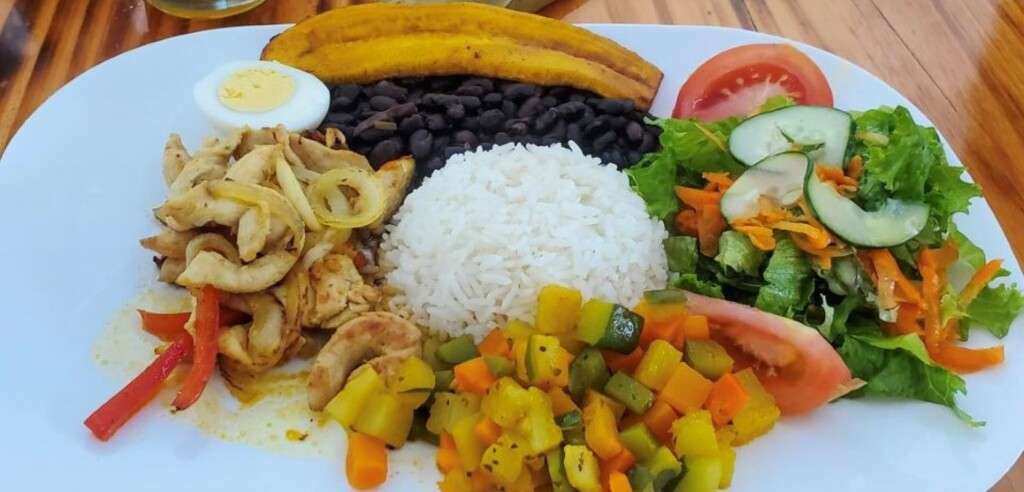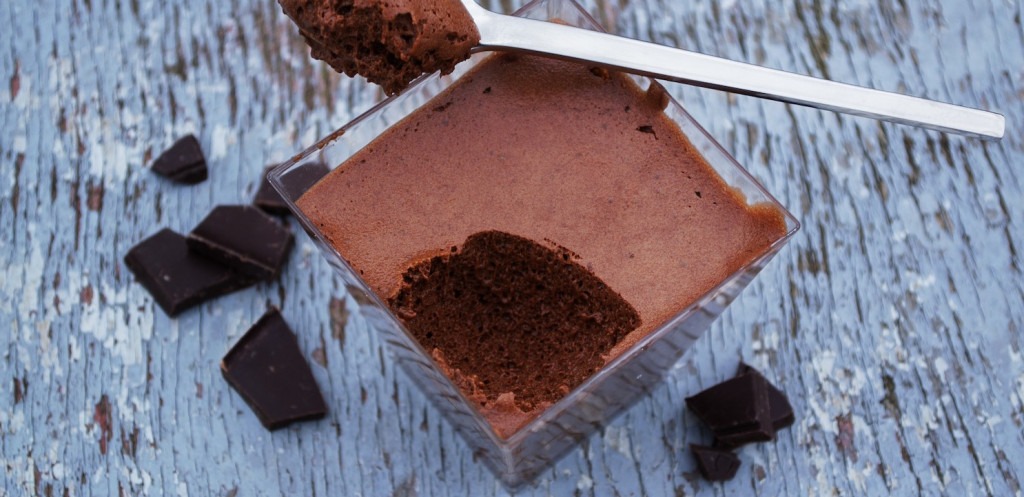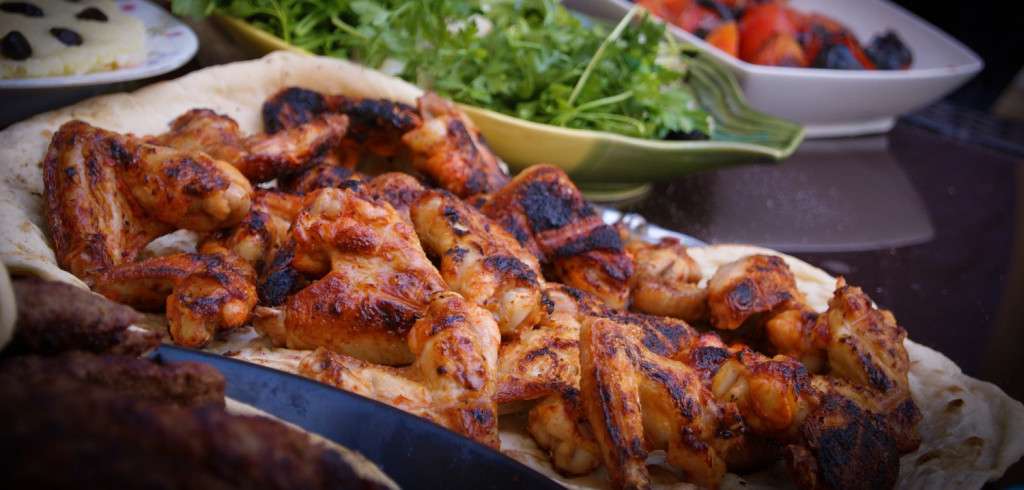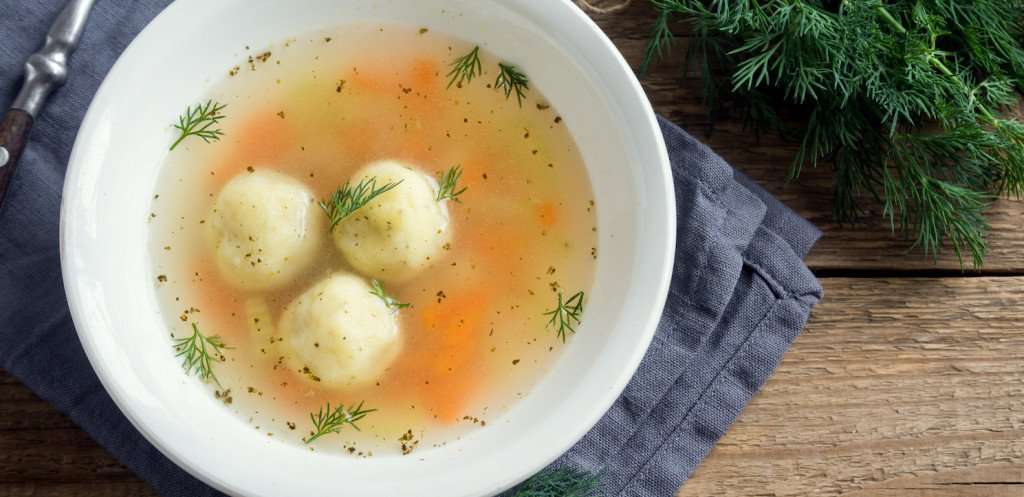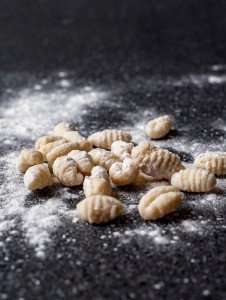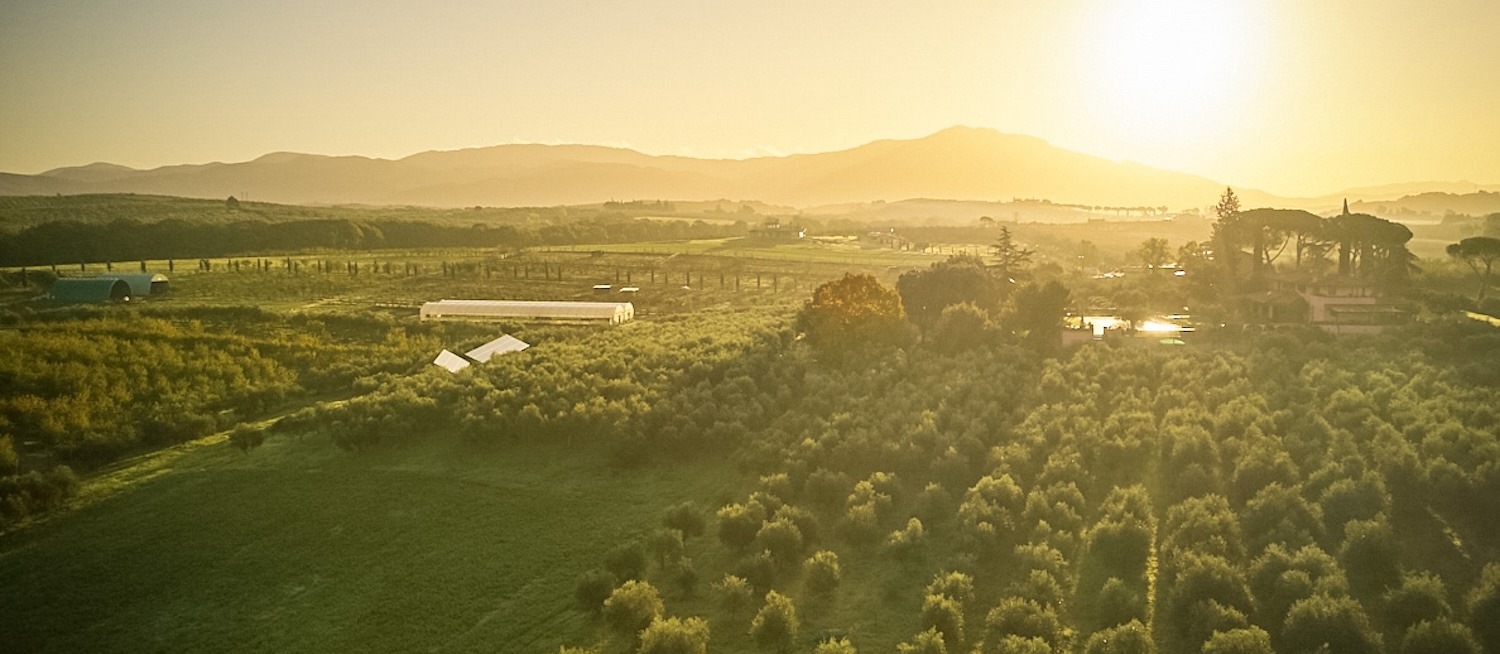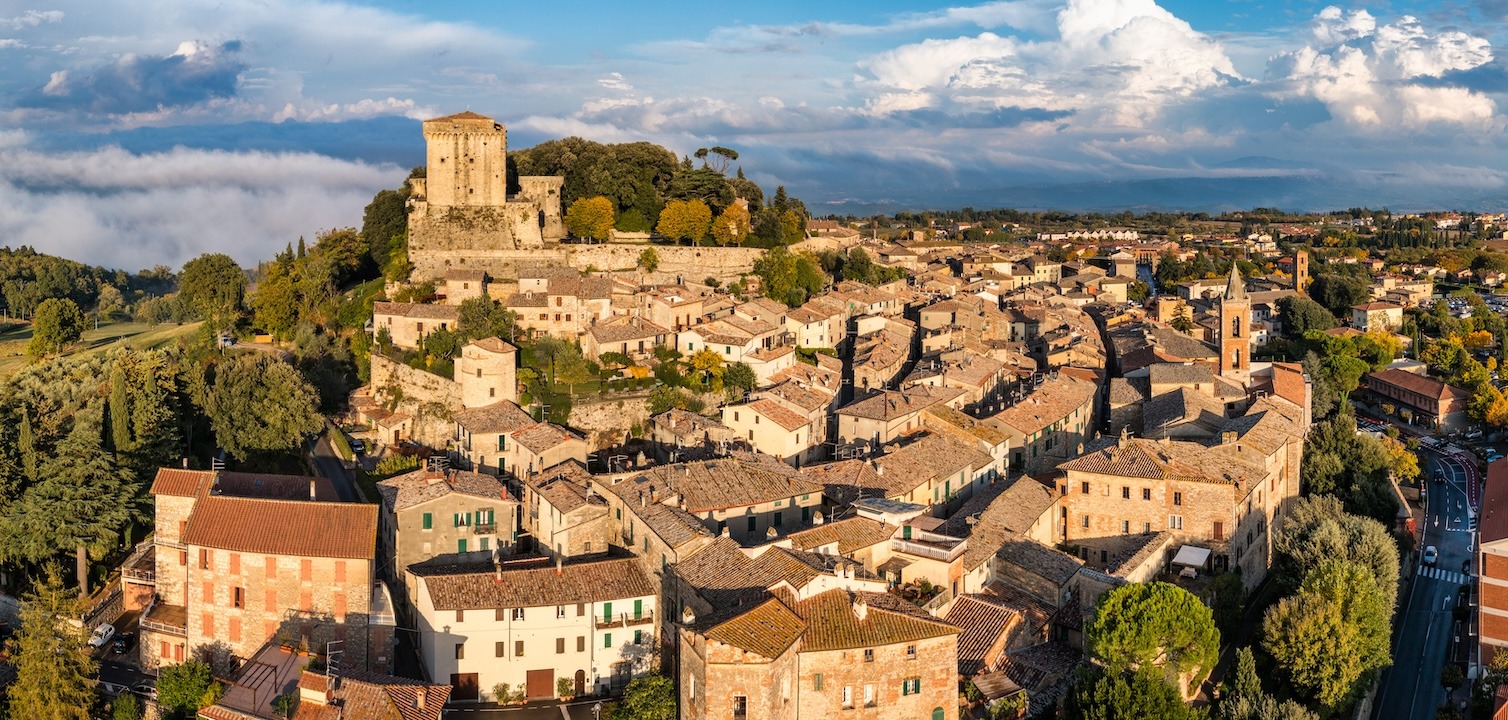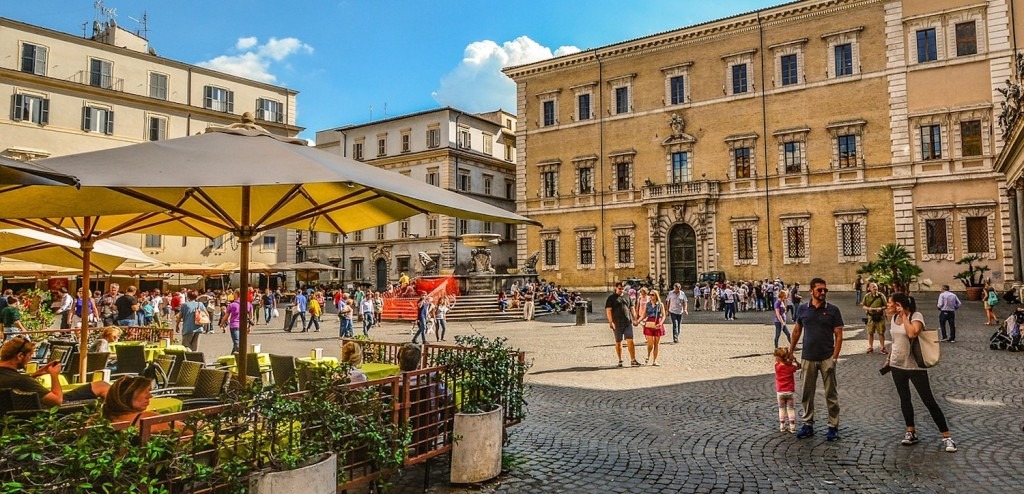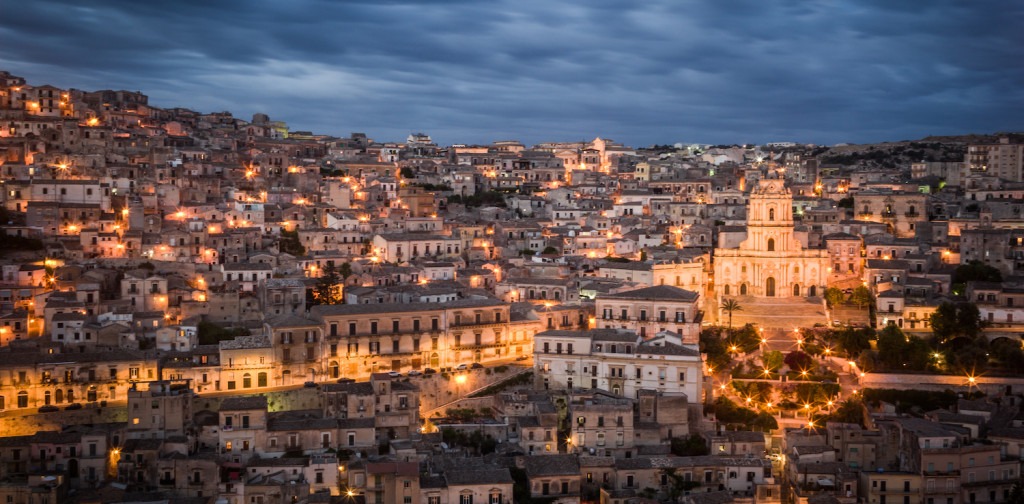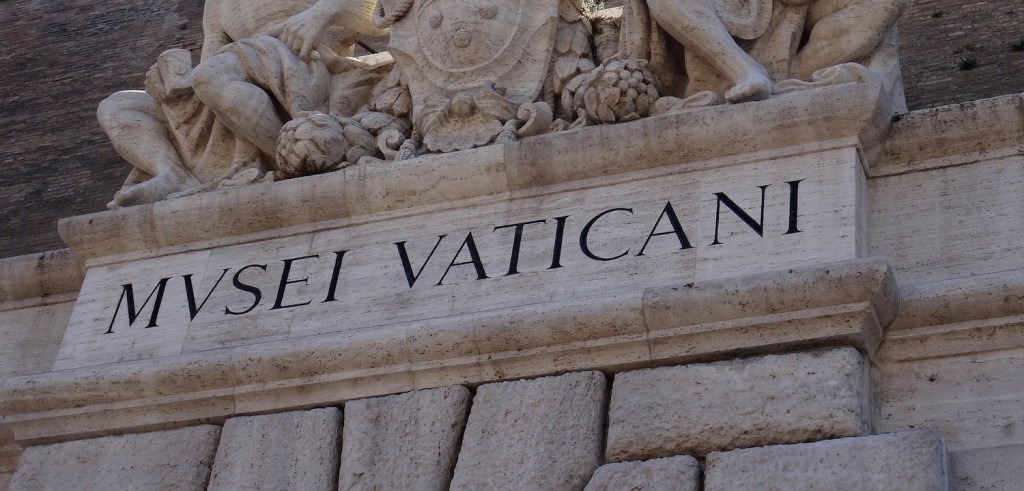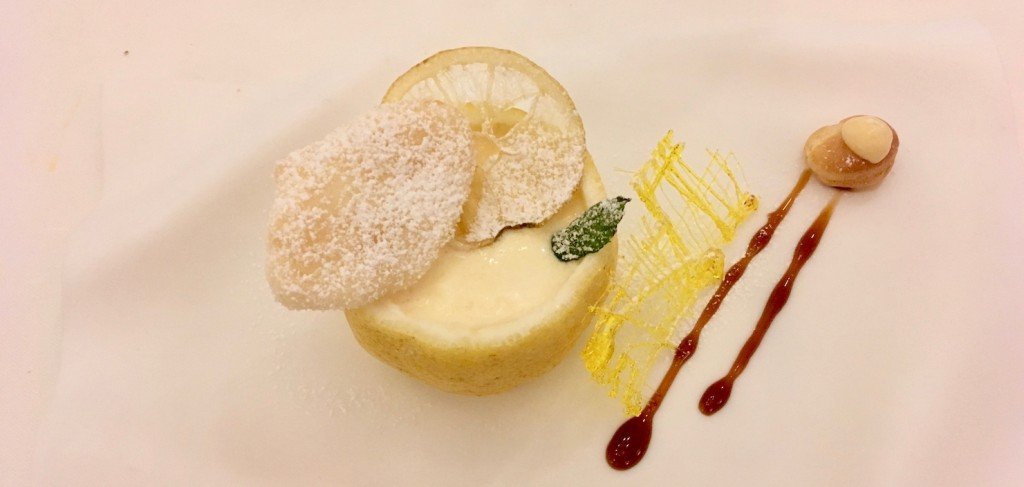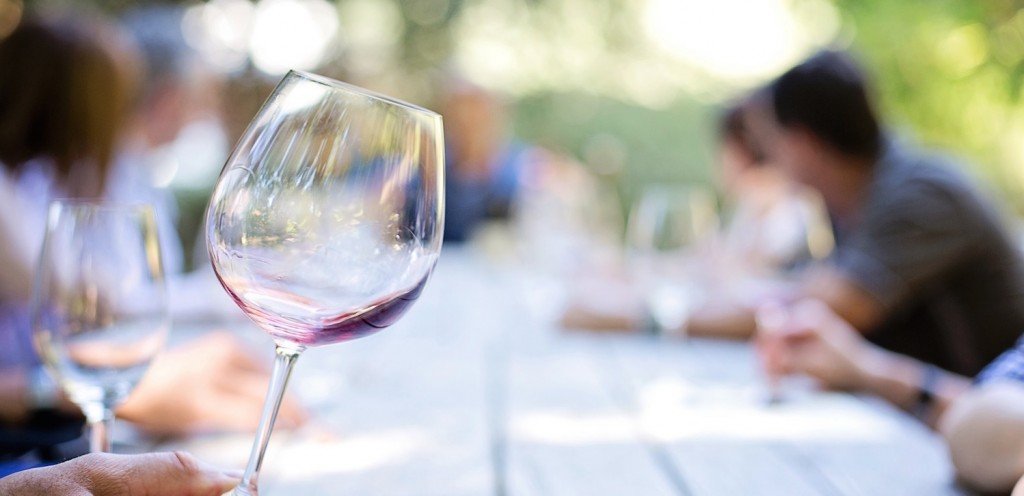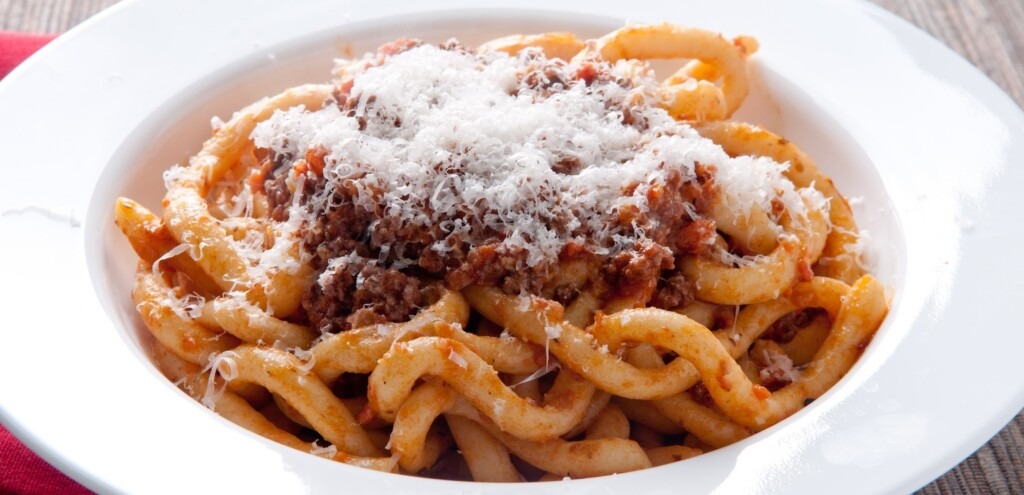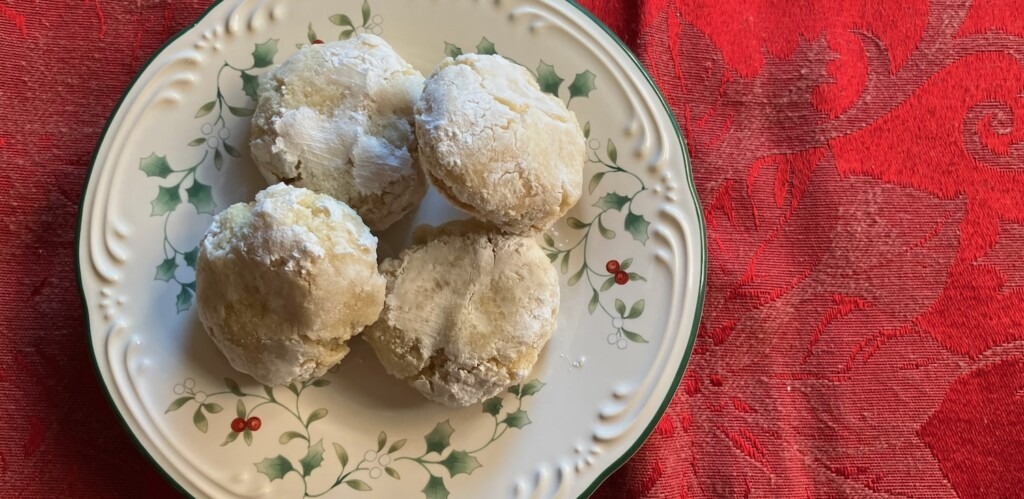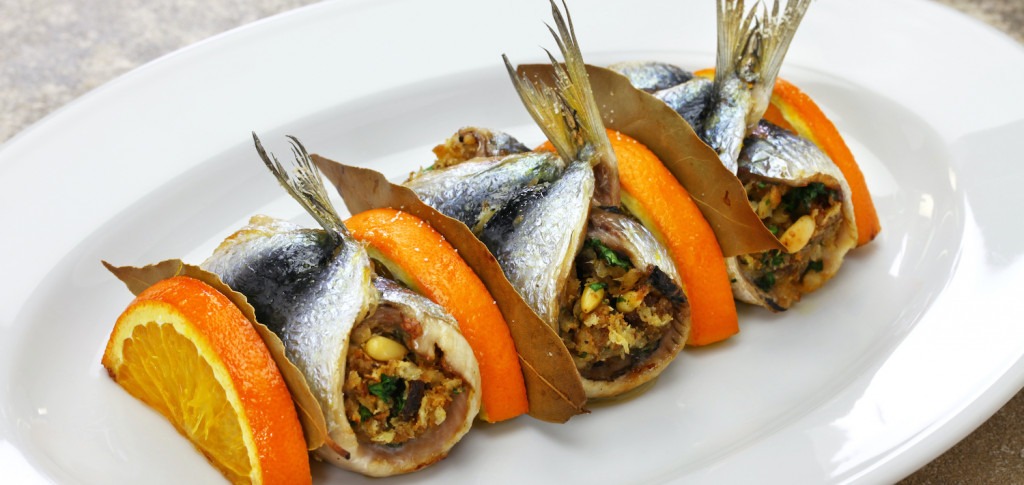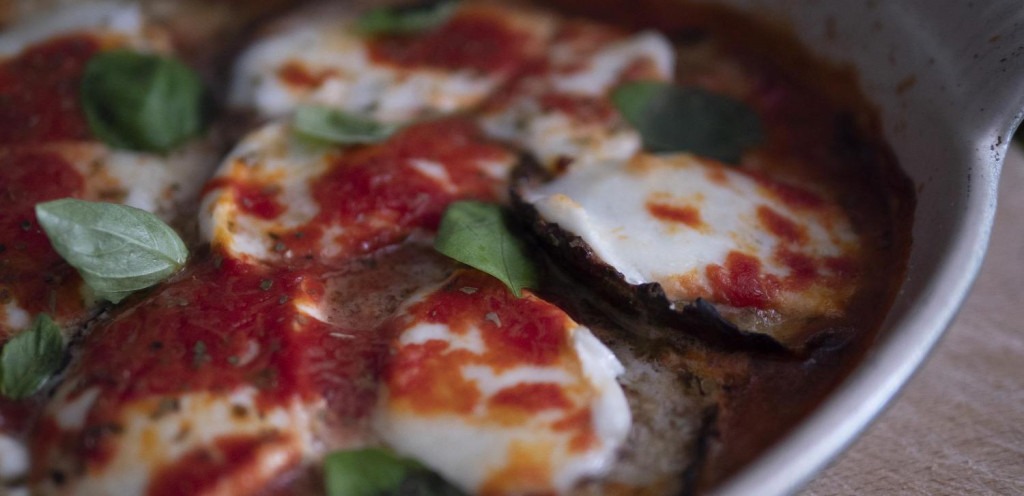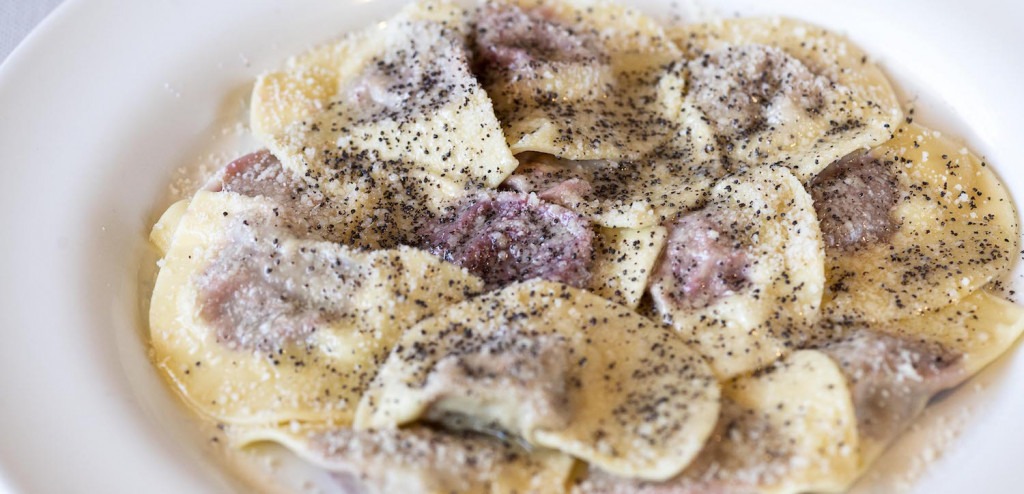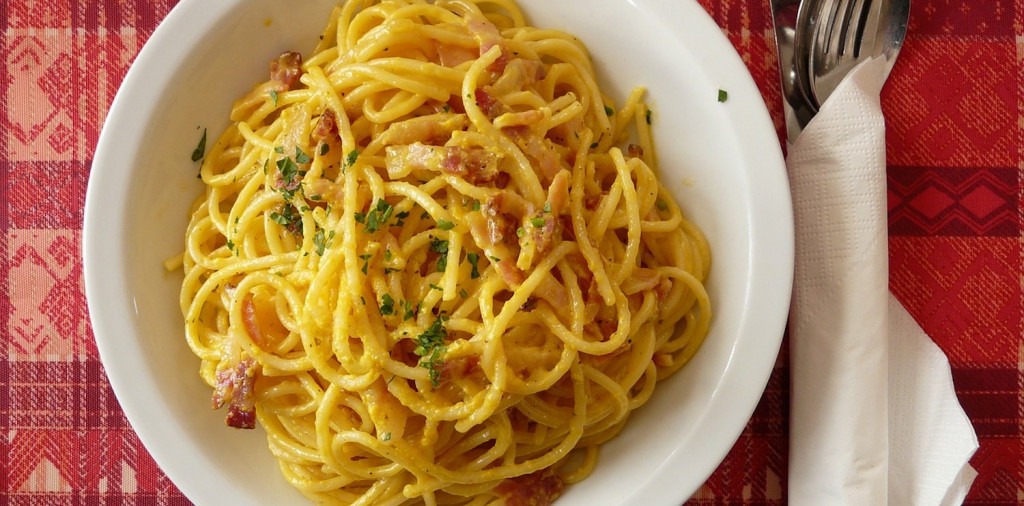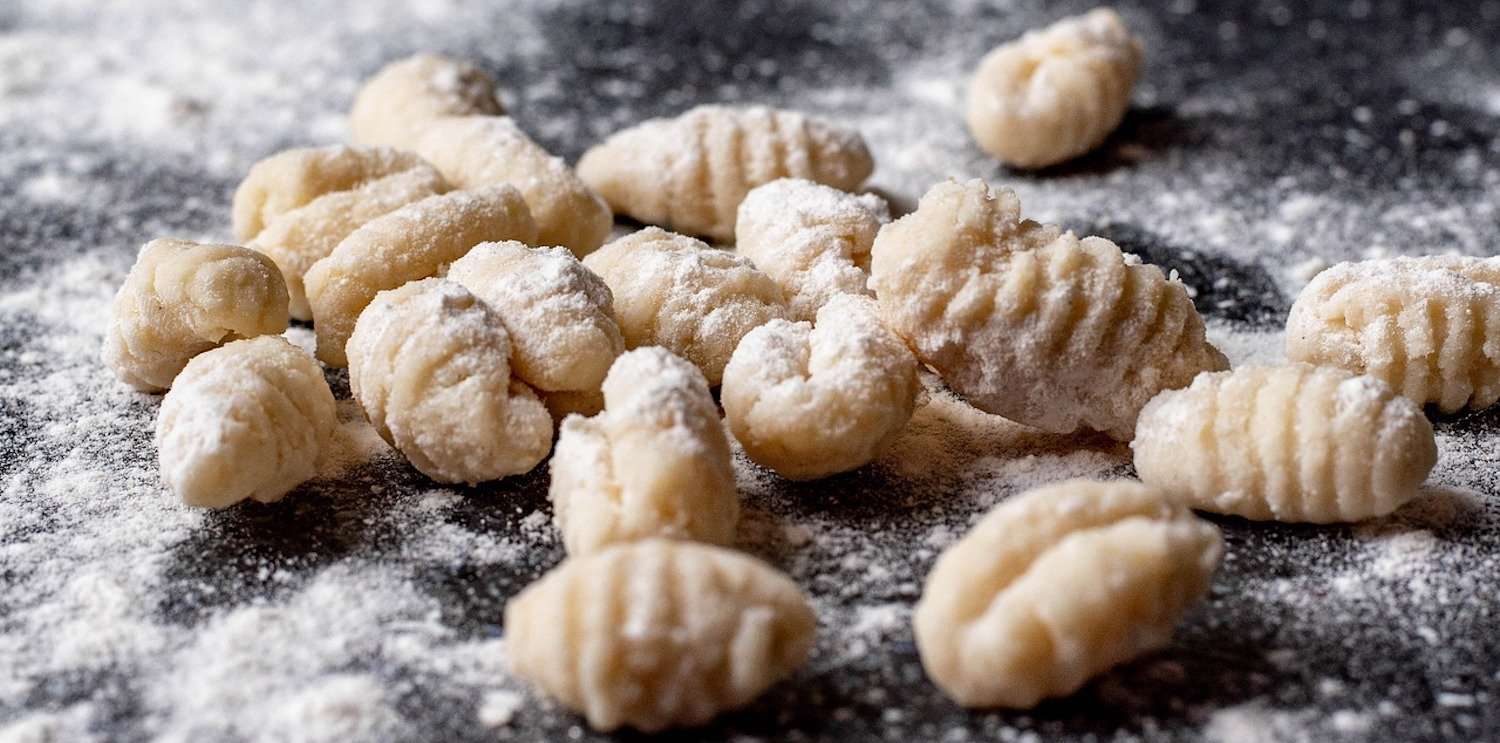
- The International Kitchen
- Blog
- “Thursday, Gnocchi!”: All About Our Favorite Italian Dumpling
“Thursday, Gnocchi!”: All About Our Favorite Italian Dumpling
-
-
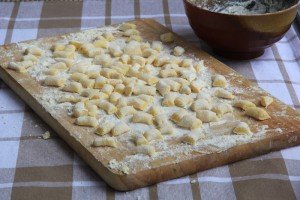 “Giovedì gnocchi, venerdì pesce, sabato trippa.”
“Giovedì gnocchi, venerdì pesce, sabato trippa.”
So the saying goes in Rome, that Thursday is gnocchi day, Friday is fish day, and Saturday it’s tripe! It’s not hard to understand the “venerdì pesce” – this is a Catholic country after all.
But why gnocchi on Thursday? I’ve always heard that it was to load up with a heavier meal the day before the Friday fast, and that it worked well with the leftover sauce in which Wednesday’s meat had been cooked.
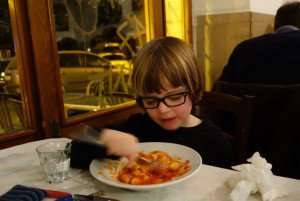 Regardless of the reason, you’ll find gnocchi on the menu of most Roman restaurants and trattorie on Thursdays. And often, if you go a different day and ask for gnocchi, you’ll find you’re out of luck.
Regardless of the reason, you’ll find gnocchi on the menu of most Roman restaurants and trattorie on Thursdays. And often, if you go a different day and ask for gnocchi, you’ll find you’re out of luck.
One of my favorite Roman trattorie of course follows the standard tradition of gnocchi on Thursday. You have to get there early enough to be seated with the first seating of the evening, or you’ll inevitably find the gnocchi all sold out by the time it’s your turn. On my most recent trip to Rome I introduced my boys to this custom, as they love gnocchi. Thankfully, we were there in time for the gnocchi, even though I missed out on the secondo of the day: ossobuco!
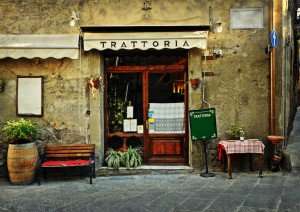
A Gnocco in Rome Is Not Necessarily a Roman Gnocco!
The singular form of “gnocchi” is “gnocco,” a wonderfully whimsical word that most likely derives from the Italian “nocchio” (knot in a piece of wood) or “nocca” (knuckle). The “g” is silent, the “o” is long. So it doesn’t rhyme with “knock” but rather with “joke”: nyOH-key.
There are many types of gnocchi. In Rome you’ll find a delicious dish called “gnocchi alla romana” (Roman-style gnocchi) which are not dumplings at all, but small, flat semolina cakes that have been baked with butter and parmesan until crisp around the edges.
In Emilia-Romagna you’ll find something called Gnocchi fritti (fried gnocchi), which are not gnocchi either, but rather puffed-up squares of fried dough.
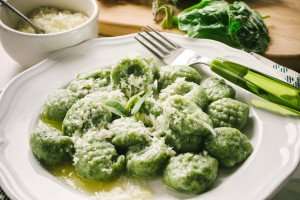 Gnudi, or gnocchi verdi, are a variety that are basically the “naked” (gnudo means nude) filling of a spinach and cheese raviolo.
Gnudi, or gnocchi verdi, are a variety that are basically the “naked” (gnudo means nude) filling of a spinach and cheese raviolo.
But in Rome, if you’re dining on Thursday, it is always a classic plate of potato gnocchi that you will find. The sauce can vary, although probably the most classic preparation is with the tomato sauce left over from cooking a meat dish such as polpette (meatballs) or braciole. You will sometimes find a butter and sage sauce, although that is more of a northern preparation, and I used to love the gnocchi with a creamy sauce made with squash blossoms (fiori di zucca) at a trattoria in the Jewish quarter (the trattoria unfortunately closed some years ago).
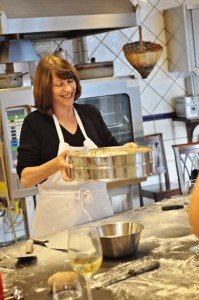 1. Use old potatoes.
1. Use old potatoes.
In Rome I used to go to the market and ask for “gnocchi potatoes,” as the vegetable vendors always had a separate bag of potatoes for gnocchi. These were more mature and therefore contained less moisture. Of course, you’re unlikely to find a special bag of gnocchi potatoes at the local grocer’s (or the local farmers’ market), so to make good gnocchi you’ll have to plan ahead. Buy a bag of Yukon gold or russet potatoes, set them in a cool place for storage, and leave them for a few weeks.
2. Cook them with the skins on.
Moisture is the enemy of good gnocchi, so I learned that you should boil the potatoes with the skins on so that they absorb less water. Peeling them piping hot can be a challenge, but it’s better than bad gnocchi! I’ve also read you can bake the potatoes instead of boiling them, although I have not tried this method myself.
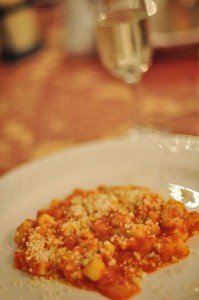 3. Mash them by hand.
3. Mash them by hand.
Always use a hand masher or potato ricer to mash the potatoes once they are cooked. If you use a food processor the starches will turn the potatoes into a stringy, gooey mess. In a pinch, use a couple of forks!
4. Be sparing with the flour.
This is perhaps the most delicate part of the process. Too little flour and the gnocchi can disintegrate in the water when they are boiled. Too much and they will become “sinkers”–hard, tough, dense dumplings that stick in your throat. Yuck! The Italian mamma who taught me to make gnocchi 30 years ago told me to add JUST enough flour to combine them potatoes and eggs in a soft but not sticky dough, and not a bit more.
5. Roll ’em at will!
You may have noticed some gnocchi have groves or lines on them, and some are sort of dimpled and curved, while others are a straight “pillow” type shape. These last are simply cut and boiled, while the others are rolled, either on a flat surface so that the gnocchi sort of roll over on themselves, or on a special board or even the back of a fork. I learned (from the same Italian mamma) to use the back of a cheese grater. The idea is that rolling them increases the surface area of the gnocchi for cooking and gives the sauce plenty of groves and valleys to which to cling.
Sign up to Receive Our Newsletter
As well as travel tips, promotions, and information on our best cooking vacations.
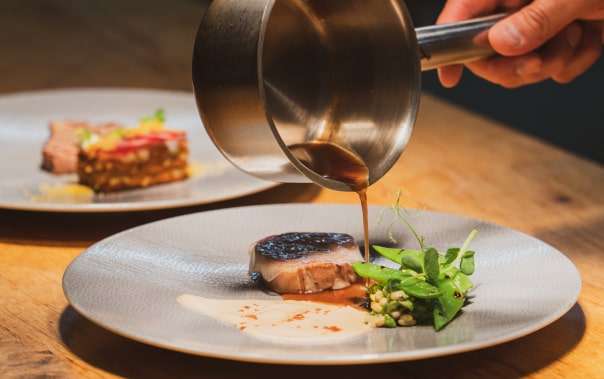
blog
Related Blog Posts
recipes

